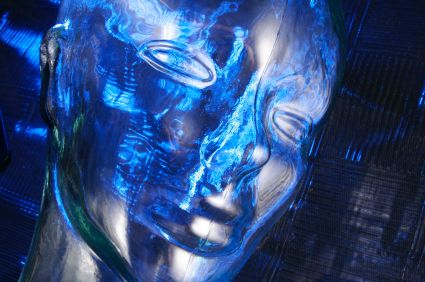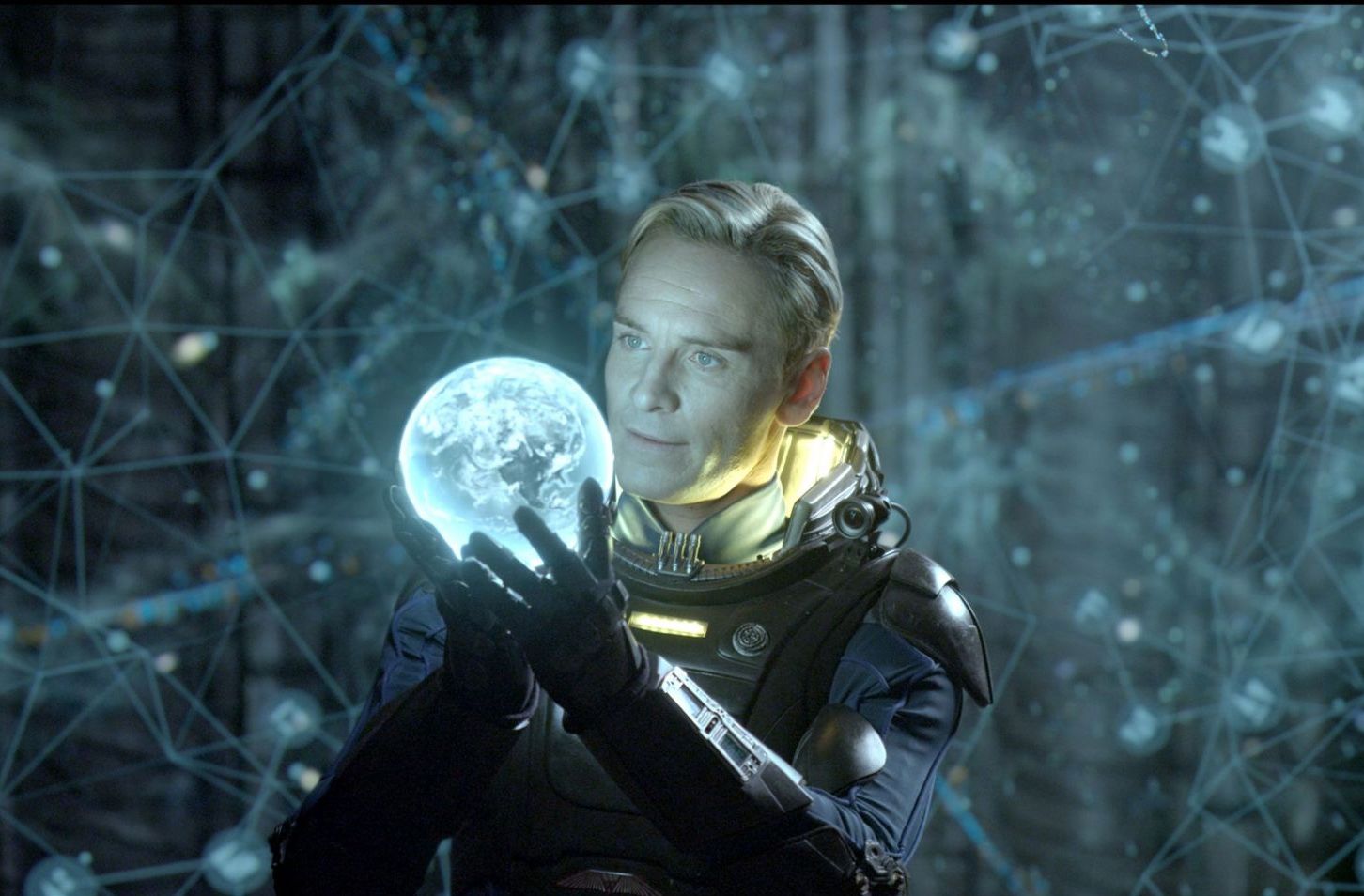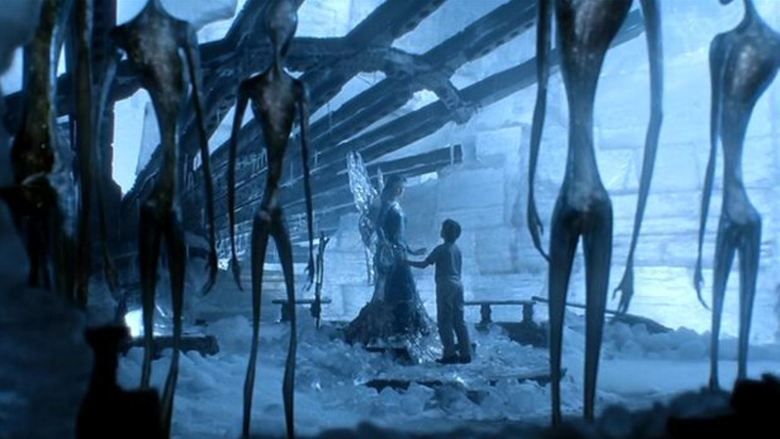
For every friendly robot we see in science fiction such as Star Wars‘s C3PO, there are others with a more sinister reputation that you can find in films such as I, Robot. Indeed, most movie robots can be classified into a range of archetypes and purposes. Science boffins at Cambridge University have taken the unusual step of evaluating the exact risks of humanity suffering from a Terminator-style meltdown at the Cambridge Project for Existential Risk.
“Robots On the Run” is currently an unlikely scenario, so don’t stockpile rations and weapons in panic just yet. But with machine intelligence continually evolving, developing and even crossing thresholds of creativity and and language, what holds now might not in the future. Robotic technology is making huge advances in great part thanks to the efforts of Japanese scientists and Robot Wars. For the time being, the term AI (artificial intelligence) might sound like a Hollywood invention (the term was translated by Steven Spielberg in a landmark film, after all), but the science behind it is real and proliferating in terms of capability and application. Robots can now “learn” things through circuitry similar to the way humans pick up information. Nevertheless, some scientists believe that there are limits to the level of intelligence that robots will be able to achieve in the future. In a special ScriptPhD review, we examine the current state of artificial intelligence, and the possibilities that the future holds for this technology.
Is AI a false dawn?
While artificial intelligence has certainly delivered impressive advances in some respects, it has also not successfully implemented the kind of groundbreaking high-order human activity that some would have envisaged long ago. Replicating technology such as thought, conversation and reasoning in robots is extraordinarily complicated. Take, for example, teaching robots to talk. AI programming has enabled robots to hold rudimentary conversations together, but the conversation observed here is extremely simple and far from matching or surpassing even everyday human chit-chat. There have been other advances in AI, but these tend to be fairly singular in approach. In essence, it is possible to get AI machines to perform some of the tasks we humans can cope with, as witnessed by the robot “Watson” defeating humanity’s best and brightest at the quiz show Jeopardy!, but we are very far away from creating a complete robot that can manage humanity’s complex levels of multi-tasking.

Despite these modest advances to date, technology throughout history has often evolved in a hyperbolic pattern after a long, linear period of discovery and research. For example, as the Cambridge scientists pointed out, many people doubted the possibility of heavier-than-air flight. This has been achieved and improved many times over, even to supersonic speeds, since the Wright Brothers’ unprecedented world’s first successful airplane flight. In last year’s sci-fi epic Prometheus the android David is an engineered human designed to assist an exploratory ship’s crew in every way. David anticipates their desires, needs, yet also exhibits the ability to reason, share emotions and feel complex meta-awareness. Forward-reaching? Not possible now? Perhaps. But by 2050, computers controlling robot “brains” will be able to execute 100 trillion instructions per second, on par with human brain activity. How those robots order and utilize these trillions of thoughts, only time will tell!
If nature can engineer it, why can’t we?

The human brain is a marvelous feat of natural engineering. Making sense of this unique organ singularly differentiates the human species from all others requires a conglomeration of neuroscience, mathematics and physiology. MIT neuroscientist Sebastian Seung is attempting to do precisely that – reverse engineer the human brain in order to map out every neuron and connection therein, creating a road map to how we think and function. The feat, called the connectome, is likely to be accomplished by 2020, and is probably the first tentative step towards creating a machine that is more powerful than human brain. No supercomputer that can simulate the human brain exists yet. But researchers at the IBM cognitive computing project, backed by a $5 million grant from US military research arm DARPA, aim to engineer software simulations that will complement hardware chips modeled after how the human brain works. The research is already being implemented by DARPA into brain implants that have better control of artificial prosthetic limbs.
The plausibility that technology will catch up to millions of years of evolution in a few years’ time seems inevitable. But the question remains… what then? In a brilliant recent New York Times editorial, University of Cambridge philosopher Huw Price muses about the nature of human existentialism in an age of the singularity. “Indeed, it’s not really clear who “we” would be, in those circumstances. Would we be humans surviving (or not) in an environment in which superior machine intelligences had taken the reins, to speak? Would we be human intelligences somehow extended by nonbiological means? Would we be in some sense entirely posthuman (though thinking of ourselves perhaps as descendants of humans)?” Amidst the fears of what engineered beings, robotic or otherwise, would do to us, lies an even scarier question, most recently explored in Vincenzo Natali’s sci-fi horror epic Splice: what responsibility do we hold for what we did to them?
Is it already checkmate, AI?

Artificial intelligence computers have already beaten humans hands down in a number of computational metrics, perhaps most notably when the IBM chess computer Deep Blue outwitted then-world champion Gary Kasparov back in 1997, or the more recent aforementioned quiz show trouncing by deep learning QA machine Watson. There are many reasons behind these supercomputing landmarks, not the least of which is a much quicker capacity for calculations, along with not being subject to the vagaries of human error. Thus, from the narrow AI point of view, hyper-programmed robots are already well on their way, buoyed by hardware and computing advances and programming capacity. According to Moore’s law, the amount of computing power we can fit on a chip doubles every two years, an accurate estimation to date, despite skeptics who claim that the dynamics of Moore’s law will eventually reach a limit. Nevertheless, futurist Ray Kurtzweil predicts that computers’ role in our lives will expand far beyond tablets, phones and the Internet. Taking a page out of The Terminator, Kurtzweil believes that humans will eventually be implanted with computers (a sort of artificial intelligence chimera) for longer life and more extensive brain capacity. If the researchers developing artificial intelligence at Google X Labs have their say, this feat will arrive sooner rather than later.
There may be no I in robot, but that does not necessarily mean that advanced artificial beings would be altruistic, or even remotely friendly to their organic human counterparts. They do not (yet) have the emotions, free will and values that humans use to guide our decision-making. While it is unlikely that robots would necessarily be outright hostile to humans, it is possible that they would be indifferent to us, or even worse, think that we are a danger to ourselves and the planet and seek to either restrict our freedom or do away with humans entirely. At the very least, development and use of this technology will yield considerable novel ethical and moral quandaries.
It may be difficult to predict what the future of technology holds just yet, but in the meantime, humanity can be comforted by the knowledge that it will be a while before robots, or artificial intelligence of any kind, subsumes our existence.
*****************
ScriptPhD.com covers science and technology in entertainment, media and advertising. Hire our consulting company for creative content development. Follow us on Twitter and Facebook. Subscribe to our podcast on SoundCloud or iTunes.

About a week and a half ago, scientists achieved a remarkable evolutionary stepping stone in the technological holy grail of eventually engineering synthetic life. Nicknamed ‘Synthia’ by her experimental progenitors, the latest discovery is a viable, self-propagating yeast cell hosting a bacterial Mycoplasma mycoides genome (consisting of non-biological DNA) purely composed in the laboratory. In eerily apt timing, Splice, a new science fiction thriller premiering this week, explores the scientific ramifications and bioethical morass encompassing the creation of a human-animal hybrid by a rogue superstar genetics couple. Under the “continue reading” cut, ScriptPhD.com’s review of Splice, discussion of the expanding frontiers of genetic engineering, and a special video interview with the director/writer, producer and stars of the film.
REVIEW: Splice
ScriptPhD.com Grade: B
Scientists Clive (Adrien Brody) and Elsa (Sarah Polley) are a superstar genetic engineering couple at the peak of their careers. Employed by the shady Newstead Pharmaceutical company, they excel at splicing DNA from various animals to create male-female hybrid breeding pairs, whose blood contains a curative protein to be used for farm animal epidemics. Clive and Elsa’s suggestion of expanding the research to include human-animal hybrids (for the purposes of tackling human disease models) is quickly rejected by the company for moral and ethical reasons. Infuriated by the slight, and buoyed by their burgeoning success, Elsa convinces a skeptical Clive to infuse their hybrids with human DNA (her own) in clandestine experiments. Remarkably, the effort works, and a fetus of unknown composition and sentience begins incubating in their laboratory. Amidst vociferous protests by Clive to “shut down” the experiment, the creature is born and begins aging at a remarkably rapid pace—she will live her whole life in the span of a few months. Nicknamed “Dren” by her creators, the humanoid child quickly forms a parental bond with Clive and Elsa and develops into an intelligent, thinking, feeling woman before their eyes. But even before the duo can formulate a plan for introducing Dren to the world and facing the consequences of their recklessness, an unexpected, awry turn of events with their simpler hybrids (in easily the film’s most noir humor scene) forever changes the course of events for them all.

Shot in gorgeous dark hues and with lenses evincing impossible angles, Splice is very much reminiscent of director Vincenzo Natali’s predecessor psychological thriller Cube. The film is also blessed with believable, emotionally rooted acting performances, not the least of which is newcomer Delphine Chanéac’s wordless portrayal of the chimera Dren. Nevertheless, the ambitious material fails to overcome some noticeable flaws. Multiple storylines are introduced without ever being explored beyond the surface. Dren is clearly an intelligent being frustrated by the confines of her helpless existence, but we never learn much more about her than that. Elsa’s motivations for creating (and keeping) her are weighed by a troubled past that is glossed over superfluously. While we at ScriptPhD.com were impressed with the detailed extravagance of the lab sets, and the actors’ ease around the equipment and dialogue, the idea that they alone would have the means and the ability to successfully carry out experiments of this scope in an underground facility borders on the ludicrous. If anything, moviegoers should be relieved that firm regulatory guidelines, not to mention the necessary time and expensive equipment, would render such a scenario unlikely. And then there are, of course, the scenes involving sex between a human and Dren, and both, while shocking, range from the inappropriately funny to the downright disturbing. The director insists that the content was non-negotiable from the start of the film, and that it represented a staple of ancient mythology—to fall in love—that transcends being human. “The prime directive of any organism is to procreate and the creation of a mythical figure like Dren is not too far away,” he said at a recent roundtable gathering in Los Angeles. We’ll let you make up your own minds.

Ultimately, Splice‘s weaknesses in script and story development are supplanted by its penetrating psychological impact and willingness to take shocking risks in exploring a popular sci-fi staple in a novel way. Regardless of whether you dislike the movie’s artistic choices, or whether it appeals to you on a purely cinematic level, Splice will leave you talking as you leave the theater, and more importantly, will leave you thinking long after having seen it, critical of good science fiction. Especially in a world where scientific possibilities seemingly verge on the limitless, and the technology to realize them develops at a lightning pace, thought-provoking discussion of the resulting profound moral implications will be an important part of science media and entertainment. So what is the likelihood of a “Dren” in our imminent future? Not high. Since the famous Vacanti mouse-human ear chimera done at MIT in 1995 (which partially inspired Splice), development of animal-human hybrids has been sparse. Nevertheless, pigs possessing vasculature flowing with human blood, mice with human brains, and a cornucopia of farm animals with human stem cells
have engendered enormous controversy. In 2005, the National Academy of Sciences released a set of voluntary guidelines for researchers working with stem cells, also encompassing chimeras. The International Society for Science and Religion provides an outstanding commentary rich with scholarly science articles on the subject. Furthermore, while British lawmakers approved animal-human hybrids in 2008, a bill introduced by two U.S. Senators in 2009 attempted to prohibit such research (it died in committee, but is surely not the first). Even lead researcher Craig Venter and has acknowledged the considerable time undertaken to create a lone synthetic cell. “We don’t know enough biology to create or synthesize life,” said Boston University synthetic biologist Jim Collins. “I think we’re far removed from understanding how [you would] build a truly artificial genome from scratch.”
Until that fateful day, our imaginations can explore the topic through the kaleidoscope of movies like Splice.
ScriptPhD.com was exceptionally privileged to sit down recently with Splice producer Joel Silver, writer/director Vincenzo Natali, and stars Adrien Brody (Clive) and Sarah Polley (Elsa). We discussed the scientific themes of the film, the ideas of ethics and possibilities in modern genetics pertaining to the film’s content, and how major studio distribution augurs for sci-fi films like Splice.
~*ScriptPhD*~
*****************
ScriptPhD.com covers science and technology in entertainment, media and advertising. Hire us for creative content development.
Subscribe to free email notifications of new posts on our home page.
]]>
